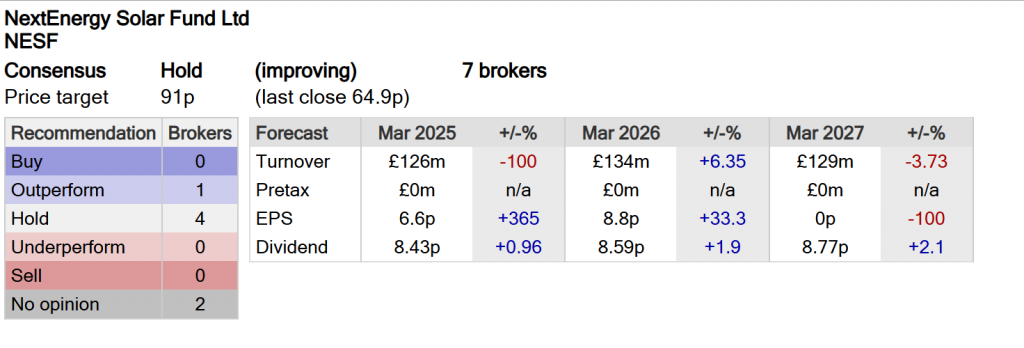Here’s how an investor could find shares to buy for an early retirement.
Story by Christopher Ruane

Buying shares and letting dividends or capital gains pile up can be a lucrative way to get ready to retire early. But that plan requires an investor to decide what shares to buy.
Here is one approach an investor could consider.
Starting with the end in mind
To boost the value of the portfolio in the decades leading up to retirement, so that it can produce an income through dividends, an investor could choose growth shares, income shares, or a combination of both.
But that timeframe could also allow the power of compounding to demonstrate itself. For example, compounding a portfolio of income shares at an annual rate of 7% would mean it should grow by 661% in total over a period of 30 years.
On the hunt for long-term value compounders
In that context, it could make sense for an investor to buy either growth or income shares along the way. Either could compound in value over time.
But I think a key point to ask is: what does the future look like?
In other words, investing for decades ahead is not necessarily the same as when someone with a short-term mindset looks for shares to buy.
So it can be helpful to think about what industries could be thriving decades down the road.
Still, in any large or potentially large industry, how could an investor decide from the different shares available what ones to buy?
Why a proven business model can aid investment decisions
One approach is to look for businesses that have a proven commercial model.
That could mean ruling out some real disruptors that go on to be massive successes. But it could hopefully also mean avoiding lots of early-stage companies whose number one skill is burning through cash.
A proven business model not only suggests that a firm has what it takes to make money. It can also suggest that a company is being run by real business managers, not people who confuse having a great idea with having a great business.
MotleyFool







